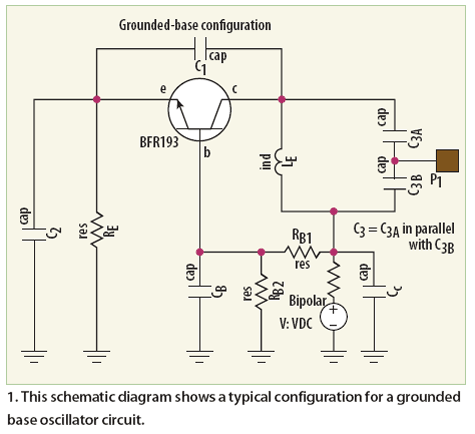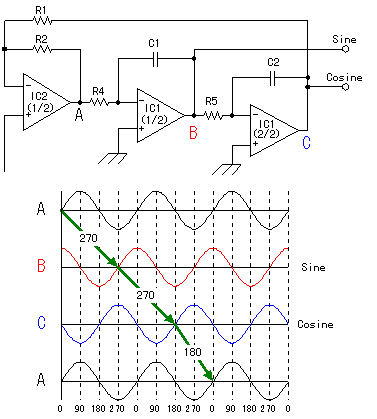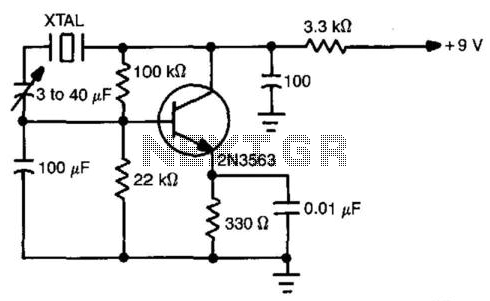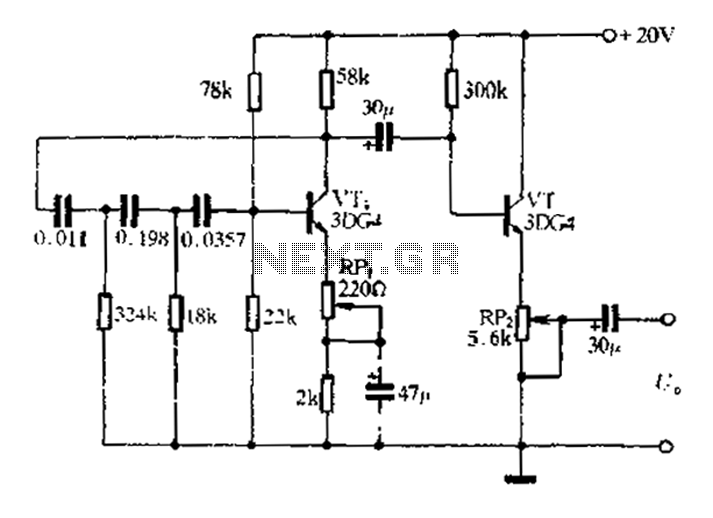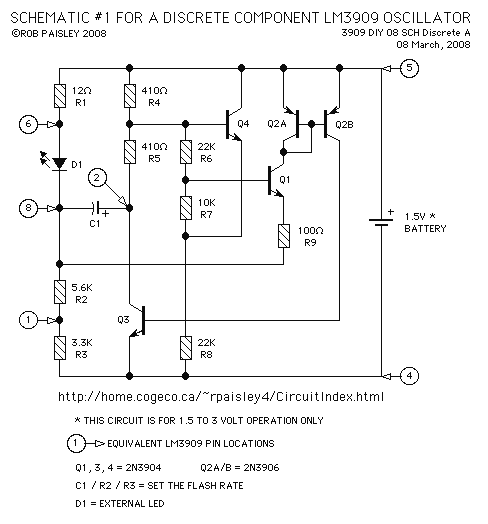
local oscillator

Zener diodes were utilized to derive a stabilized voltage for the Hartley oscillator. While sorting through a box of valves, suitable voltage stabilizer valves (CV287) were discovered. During this process, the ECC81 utilized in the local oscillator was noted to be equivalent to the 12AT7. It became apparent that the valve requires a 12V heater supply, which was overlooked, resulting in the heaters for the two 12AT7s being wired for only half of the rated heater voltage. This oversight may have contributed to issues experienced with the BFO. It is also noteworthy that this applies to the double triodes ECC83/12AX7 and ECC82/12AU7, commonly found in audio frequency equipment. Additionally, the circuit features a coil at the bottom left, and it was observed that only a single gang capacitor is present, which poses a challenge as a twin-gang device is required for tuning the local oscillator and the resonant circuit at the input. This issue will need to be addressed in the future.
The Hartley oscillator circuit is a type of electronic oscillator that generates sine waves and is characterized by its use of inductors and capacitors to set the frequency of oscillation. In this design, Zener diodes are employed to provide a stable voltage reference, ensuring that the oscillator operates reliably under varying load conditions. The ECC81, also known as the 12AT7, is a dual triode vacuum tube commonly used in audio applications, and its heater supply voltage is critical for optimal performance. The circuit's design flaw, where the heater voltage was halved, could lead to reduced performance and instability in the oscillator, emphasizing the importance of correct voltage levels in tube circuits.
The presence of a single gang capacitor limits the tuning flexibility of the oscillator. In a typical Hartley oscillator, a dual-gang capacitor is preferred to allow independent tuning of both the local oscillator and the resonant circuit, which is essential for achieving the desired frequency response and stability. The coil's placement in the circuit plays a significant role in determining the frequency of oscillation, and careful consideration must be given to its inductance and the capacitor's value.
Future modifications will need to include the integration of a twin-gang capacitor to resolve the tuning issue, which will enhance the circuit's overall performance and functionality in audio applications. This project highlights the importance of meticulous attention to detail in electronic circuit design, particularly when working with vacuum tubes and oscillators.Used Zener Diodes to derive the stabilized voltage for the Hartley oscillator (although I did find a couple of suitable voltage stabiliser valves (CV287) whilst sorting through a box of valves this morning). Whilst sniffing around in that box of valves mentioned above, I was adding to my catalogue of valves "in stock", in which I like to include links to a data sheet.
Whilst doing that, I noticed something I had never realized before. The ECC81 used in the local oscillator is also widely know by the equivalent name 12AT7 (as mentioned in describing the BFO). What I never twigged before is the obvious fact that the valve should use a 12V heater supply (obvious because I knew all this from the 6SK7s etc used in my Paraset - I was considering replacement with 12SK7s to make battery operation easier).
Accordingly, I had wired up the heaters for the two 12AT7s in this project for only 1/2 the rated heater voltage - amazing that they still worked at all (and another possible explanation for the fun and games I had with the BFO, as described here. ) Note to self (and any others who happen to be reading): this is also true for the double triodes ECC83 / 12AX7 and ECC82 / 12AU7, widely used in audio frequency gear.
. you can see the coil at bottom left. You can also see that I only have a single gang capacitor - which is going to be a problem (I need a twin-gang device; one for tuning the LO and one for tuning the resonant circuit at the input). That will have to be dealt with in the future - for now the carol service from from King`s has just kicked off.
🔗 External reference
The Hartley oscillator circuit is a type of electronic oscillator that generates sine waves and is characterized by its use of inductors and capacitors to set the frequency of oscillation. In this design, Zener diodes are employed to provide a stable voltage reference, ensuring that the oscillator operates reliably under varying load conditions. The ECC81, also known as the 12AT7, is a dual triode vacuum tube commonly used in audio applications, and its heater supply voltage is critical for optimal performance. The circuit's design flaw, where the heater voltage was halved, could lead to reduced performance and instability in the oscillator, emphasizing the importance of correct voltage levels in tube circuits.
The presence of a single gang capacitor limits the tuning flexibility of the oscillator. In a typical Hartley oscillator, a dual-gang capacitor is preferred to allow independent tuning of both the local oscillator and the resonant circuit, which is essential for achieving the desired frequency response and stability. The coil's placement in the circuit plays a significant role in determining the frequency of oscillation, and careful consideration must be given to its inductance and the capacitor's value.
Future modifications will need to include the integration of a twin-gang capacitor to resolve the tuning issue, which will enhance the circuit's overall performance and functionality in audio applications. This project highlights the importance of meticulous attention to detail in electronic circuit design, particularly when working with vacuum tubes and oscillators.Used Zener Diodes to derive the stabilized voltage for the Hartley oscillator (although I did find a couple of suitable voltage stabiliser valves (CV287) whilst sorting through a box of valves this morning). Whilst sniffing around in that box of valves mentioned above, I was adding to my catalogue of valves "in stock", in which I like to include links to a data sheet.
Whilst doing that, I noticed something I had never realized before. The ECC81 used in the local oscillator is also widely know by the equivalent name 12AT7 (as mentioned in describing the BFO). What I never twigged before is the obvious fact that the valve should use a 12V heater supply (obvious because I knew all this from the 6SK7s etc used in my Paraset - I was considering replacement with 12SK7s to make battery operation easier).
Accordingly, I had wired up the heaters for the two 12AT7s in this project for only 1/2 the rated heater voltage - amazing that they still worked at all (and another possible explanation for the fun and games I had with the BFO, as described here. ) Note to self (and any others who happen to be reading): this is also true for the double triodes ECC83 / 12AX7 and ECC82 / 12AU7, widely used in audio frequency gear.
. you can see the coil at bottom left. You can also see that I only have a single gang capacitor - which is going to be a problem (I need a twin-gang device; one for tuning the LO and one for tuning the resonant circuit at the input). That will have to be dealt with in the future - for now the carol service from from King`s has just kicked off.
🔗 External reference
